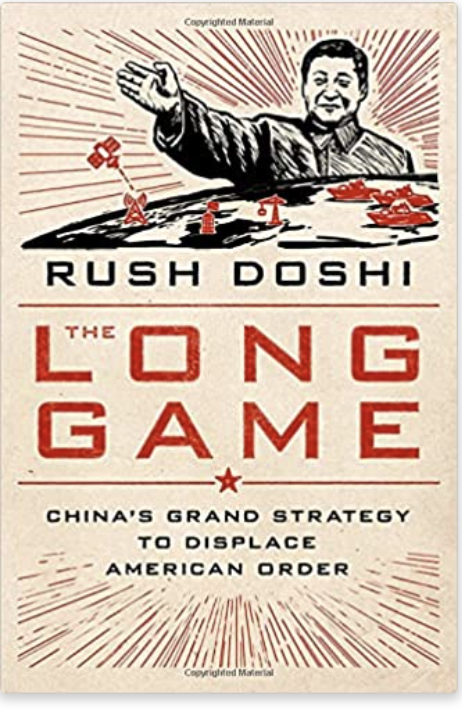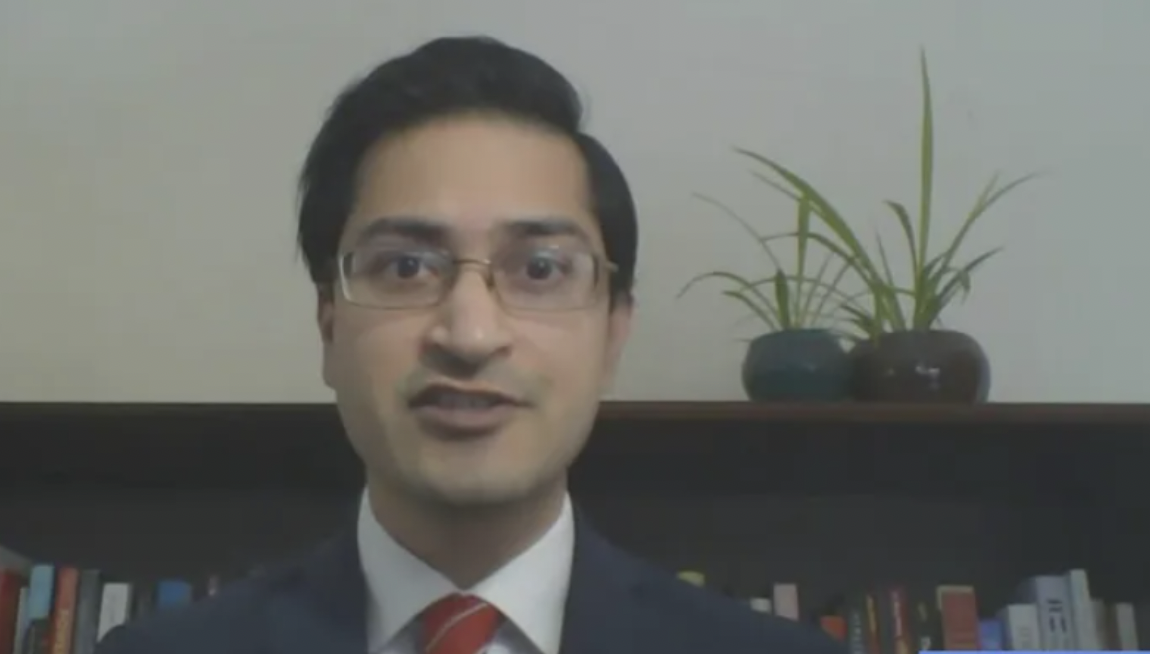

Zhao Lijian, who has 1 million followers on Twitter and legions of supporters inside China, was slapped down by hi superiors although he was the spokesman for China’s foreign ministry, quoted on Twitter in March that “the Covid-19 virus had originated in the US and suggested that Washington was engaged in a cover-up. When did patient zero begin in US? How many people are infected? It might be the US military that brought the epidemic to Wuhan. Be Transparent! Make public your data. US owe us an explanation”. As outrage flared across America, Cui Tiankai, China’s ambassador to the US, dismissed his remarks as “very harmful” speculation.
The pandemic has sharpened China’s brand of undiplomatic diplomacy.
The competition for influence “will be global one and Beijing believes with good reason that the next decade will likely to determine the outcome” write Doshi former director at the Brookings think -tank in Washington.
He divides China’s approaches into three categories- Blunting, Building and Expansion. Blunting is deployed by Beijing to undermine the control of the US exercises around the world in terms of military power, political influence and economic leadership. Beijing regards US as its greatest strategic threat in the world. When China launches its third aircraft carrier, it will be blunting an aspect US military supremacy – no matter that the US has 11 aircraft carriers in service.
China’s construction of the world’s largest mine arsenal , the world’s first anti-ship ballistic missile and the world’s largest submarine fleet all undermine US military power.
Political blunting involves China’s membership in a host of regional organisations – such as the Asia -Pacific Economic Cooperation and the Association of Southeast Asian Nations Forums – that might be used by Washington to build liberal regional order.. So China joined them to blunt American power.”
Once part of such organisations, Beijing frustrated US objectives within them. Economic blunting is similar.
The second strategy building was arrived at after determining the 2008 financial crisis had left the US in a weakened state.
China’s leadership of the Asian Infrastructure Investment bank, a multilateral lender that counts more than 100 countries as its members, and the Belt and Road initiative, Xi’s plan to build infrastructure and win influence across the developing world.
The expansion strategy represents a more aspirational space.
According to Doshi Beijing aims to displace the US as the world’s leading state by 2049, 100 years after the CCP seized power, To achieve this it is trying to gain leadership over international institutions and impose autocratic power.§
Doshi argues, “for an asymmetric competitive strategy, one that does not require matching China dollar-for-dollar, ship for ship, loan for loan”.
The turbulence in the international order in recent years, one of the central concerns among the observers of world politics is he question of China’s ultimate goals. As China emerges as a superpower that rivals the United States, American policymakers grappling with this century’s greatest geopolitical challenged are looking for answers to a series of critical questions. Does China have expansive ambitions? Does it have a grand strategy to achieve them? If so, what if and what should the United States do about it?
The Long Game: China’s Grand Strategy to Displace American Order by Rush Doshi, OUP £21.99, 336 pages
